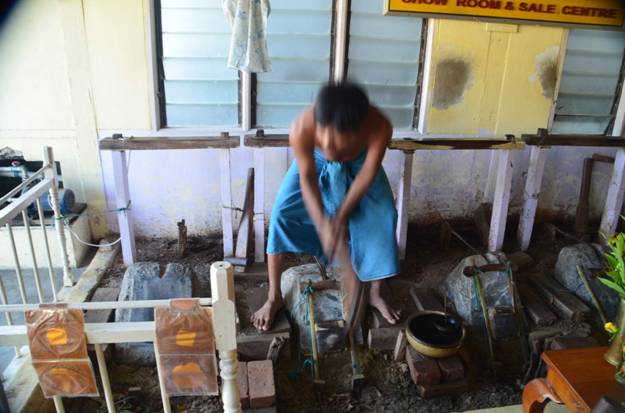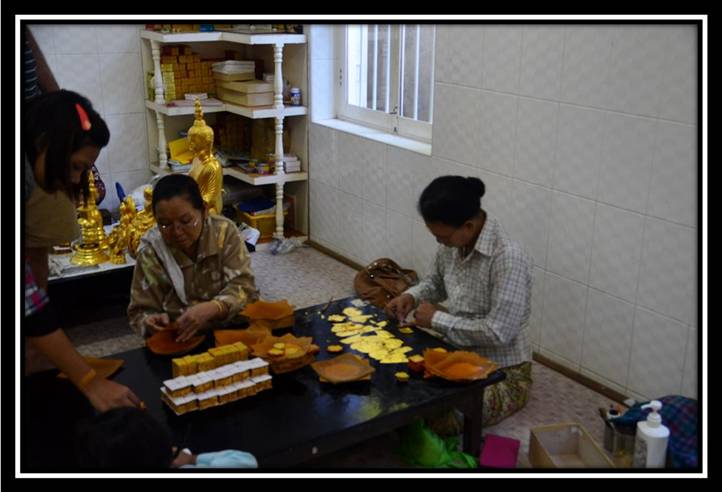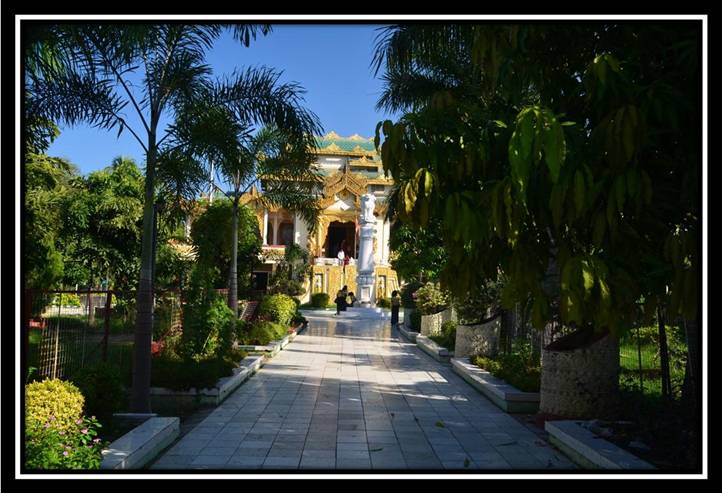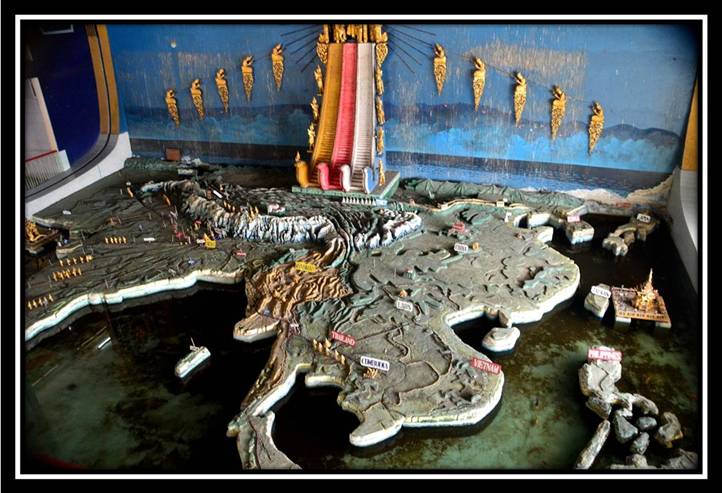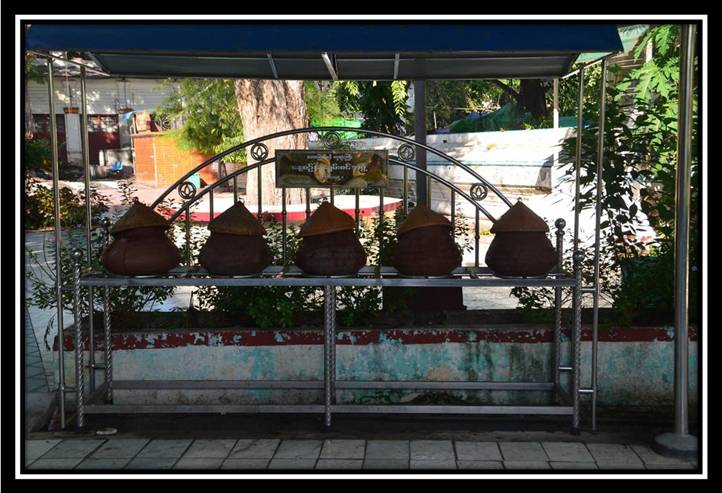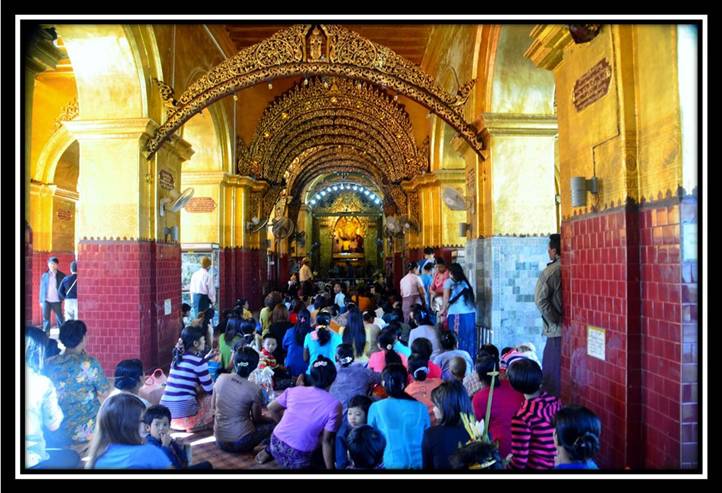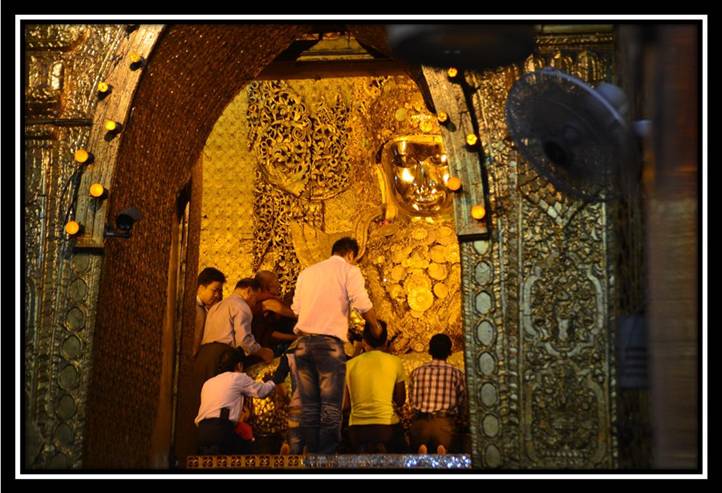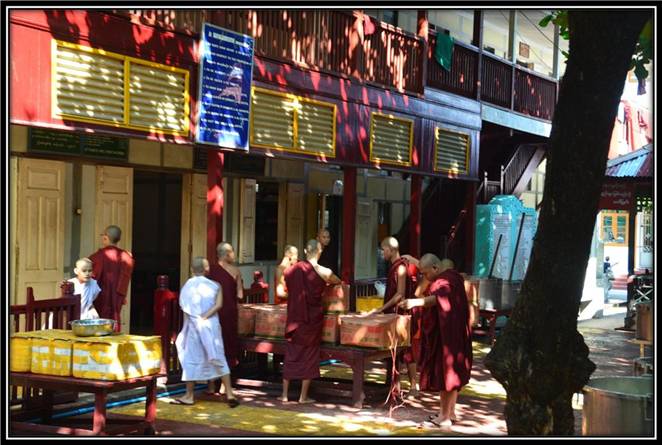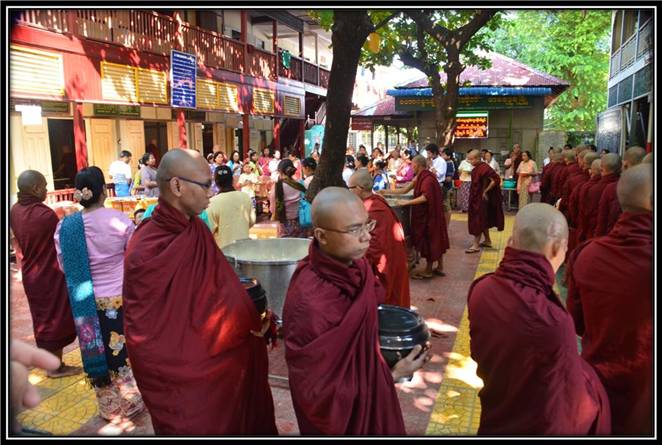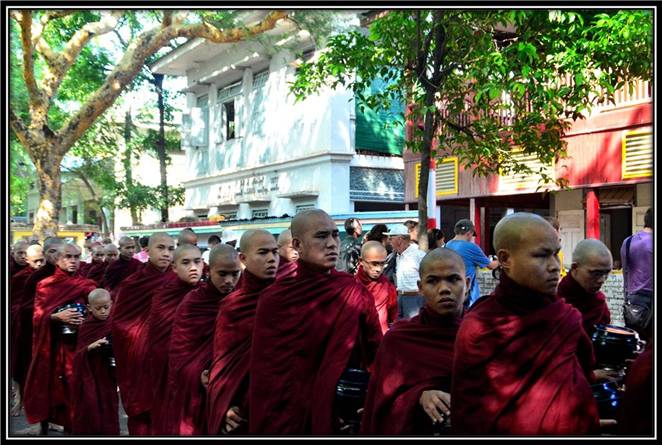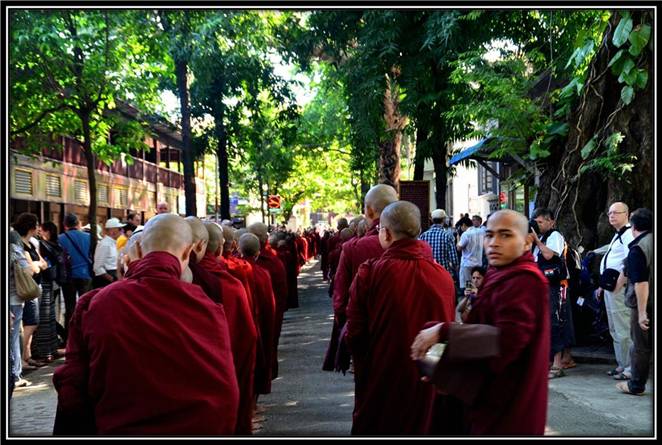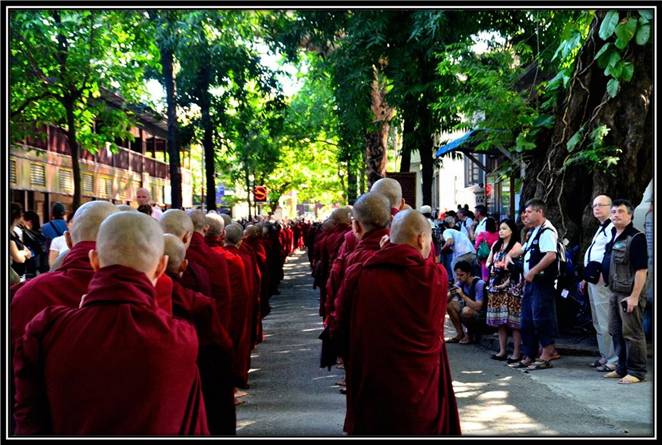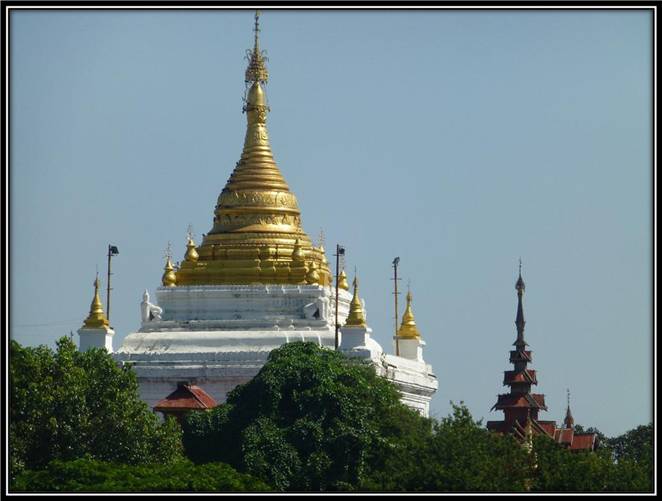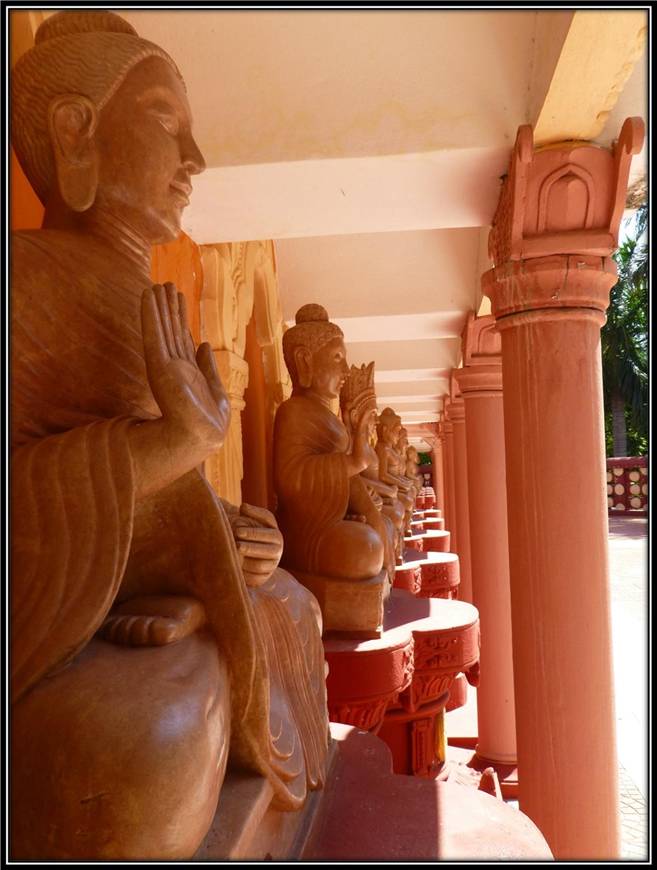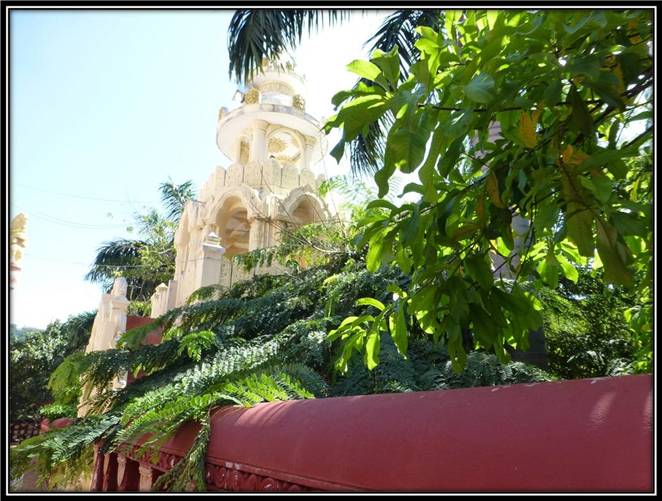Photos: Myanmar: Buddhism-Historical Grandeur & Present Day>Mandalay; Part 1/Day 1

Myanmar The mere mention of Mandalay brings visions of the old British outpost where Rudyard Kipling wrote his poem Mandalay, “Come back you British soldier you, come you back to Mandalay. The city has changed, but we are ready for our first day of our two day tour with Mr. Mynk as our driver and tour guide. Our first stop was to see how gold leaf was made, Mr. Mynk told us it was very important that we see the factory.
These poor guys have to swing heavy mallets to pound the gold leaf reducing it the desired thickness. The work is so physically demanding that they can only do this for 15 minutes at a time then they rest. The process is quite lengthy, they have to soak bamboo for three months before they use the bamboo to protect the gold from the head of the mallet; the pounding goes on until the desired thickness dimension has been reached and so on.
Here are the small squares of gold leaf being sorted, they sell them everywhere.
This was an interesting temple, the grounds were lovely but there were maps of the world inside the temple instead of a Buddha.
Thailand, Vietnam, Cambodia, Laos???We just don’t know why a map instead of a Buddha.
These are water jars and you see them everywhere, I only saw the monks using them.
This was a very busy temple, people were knee deep lining up to touch the Buddha image and pray.
These worshipers are putting small gold leaf squares onto the Buddha, and this is why Mr. Mynk wanted us to see how the squares were made so we could understand what they were used for. We had already asked the staff at the gold factory if they exported the gold leaf they made there but we were told it was only for local sale. We are now off to the Mahar Gandor Yone Monastery to watch the monks line up for their second meal of the day. They eat at 5:30 am and 10:00 am. There are about 2500 monks who are living in this monastery so it is quite a procession, they are coming out of the various buildings they teach and work in.
Getting ready for the meal, there is rice as well as apples and yoghurt.
Their black pots are filled to the top with rice. There were about 8 large pots filled with rice. Volunteers serve the rice to the monks.
Some of the locals would also give them chocolate bars and bags of dried fruit. The youngest age to enter a monastery is seven years old, these kids get an education whereas they would not in their local village. They can go onto higher education, stay in monastery, become chefs, at least they get a chance.
They are very quiet when they are lining up for food, but when you see them walking along the streets they are chatting away with each other.
We asked a number of locals if they really only got two meals a day, they said that what went on behind the closed doors was only for the monks to know…so we still don’t know, but it does seem like a long time in-between meals. We are off to climb the hill to Sagaing.
We have found that the pagodas are not the same as a church, there are rooms and alcoves, gardens, every time you turn the corner you find something new. |
